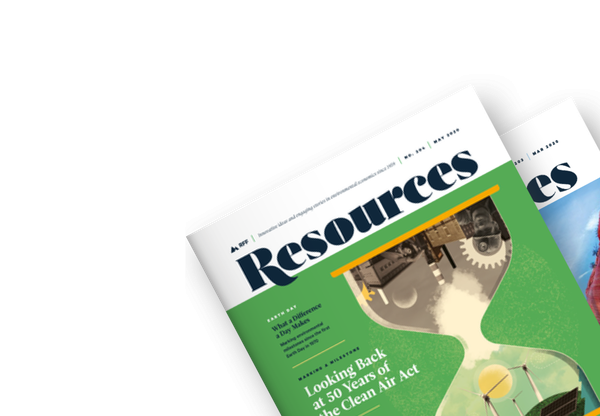We have ended up back where we were during the first Trump administration, only now, the 2-to-1 trade-off of repealing two existing regulations for every new one has ratcheted up to 10 to 1.
During President Donald Trump’s first presidency, my colleagues and I wrote over 100 blog posts about various aspects of his proposed reforms, which included reducing or altering regulations and regulatory processes such as regulatory impact analysis. During the Biden administration, most of these efforts were ended or superseded. In the first months of Trump’s second presidency, a return to actions from the first presidency already has occurred. Therefore, much of what we wrote four to eight years ago is still relevant.
During the first Trump administration, we published two related blog posts (“Two for One: Too Blunt an Instrument for Good Governance?” and “Doubling Down on Trump’s Two-for-One Regulatory Reform”) about Executive Order 13771, the so-called “2-for-1 rule” signed in 2017, which required that two rules be repealed for every one new regulation. In the current Trump administration, the ratio has ratcheted up to 10 to 1. For both Trump administrations, the incremental costs of a new regulation and its two repealed regulations had to result in zero net incremental costs, or net-negative costs. As with the first, the second Trump administration requires a government-wide cap under which net incremental costs of new and repealed regulations must be “significantly less than zero.” After 2025, and similar to an order in the first administration, an additional restriction will specify an agency-specific cap on incremental costs.
What do these orders yield?
If: the regulatory process grinds to a halt due to overly burdensome requirements,
Then: we’ll miss out on actually repealing or reforming the rules that need to go—and forgo desirable new policies.
An analysis of rule repeal is not just an analysis of a new rule’s costs and benefits with the signs reversed. For instance, a regulation that’s been in place for many years already will have affected the entities being regulated, so the baseline to measure the benefits of repeal (as directed by the administration) will be different.
As I noted before:
The unreasonableness of this approach comes from the realization that the analysis needed to eliminate a regulation is every bit as complex as the analysis needed for a new regulation. Thus, to promulgate a new regulation actually requires three [now 11] new analyses instead of one—two [now 10] for the regulations on the chopping block and one for the new one. The result, without waivers or exceptions, will likely be serious procedural roadblocks and delays in regulatory activity.
If: substantial numbers of established policies are repealed without accounting for lost benefits,
Then: there’s no guarantee that the country will be better off than it was when the regulations were in place.
We noted previously that these trade-offs are directed to be made only in terms of costs (or the cost savings of repeal). The benefits of the regulations (or the forgone benefits of repeal) are not to be counted. Thus, the net effects of the regulations (or their repeal) do not figure into the calculations nor the decisions.
Again, as noted in another blog post:
Counting only costs is like having a scissors with only one blade: pretty useless for accurate cutting, but great for gouging.
Since costs and benefits were used to justify the regulation in the first place, how can benefits be ignored now? Indeed, the purely efficiency-driven economists’ prescription would be to count social costs and benefits—net benefits—and the policy prescription would be to maximize net benefits. This would mean eliminating rules with net costs and passing rules with net benefits, with no limit on the size of the costs or net benefits.
Our original analysis under the first Trump administration is as relevant for the second, if not more so, because of the increase to a 10-to-1 trade-off. With the much larger current trade-off, the United States will miss out on important outcomes from regulation and deregulation.




